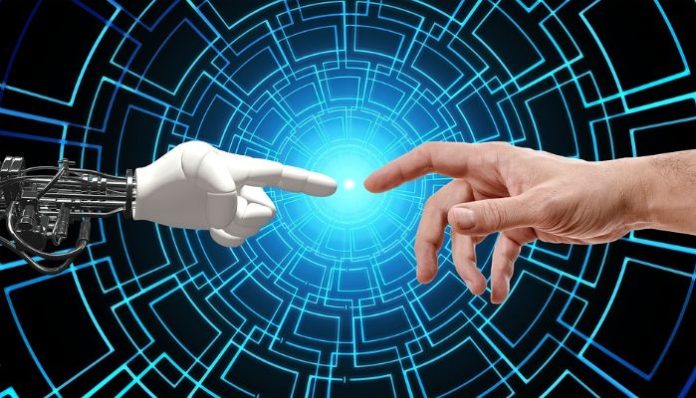Imagine the world in 50 years: the streets buzz with the whir of self-driving electric cars and tasks once requiring a human touch are now automated. Humans are living more intimately with technology than ever before. Such is the vision of experts foreseeing a bright, digitally enhanced future. The astonishing power of artificial intelligence (AI) is rapidly energizing the international economy. The humanitarian sector is not immune to AI’s magnetic pull. Increasingly, data science is being used to redress multifaceted, far-reaching poverty issues with dynamic, large-scale solutions. Although these innovations portend a philanthropic revolution, they also threaten the safety of vulnerable groups. In order for these populations to enjoy this technology’s benefits while circumventing its attendant risks, non-governmental organizations (NGOs) must commit to the ethical use of AI in humanitarian aid.
Charity Computerized: Uses of AI in Humanitarian Aid
Data is perhaps the world’s most valuable asset.A specialist on data regulation in humanitarian affairs, called it the “lifeblood of [humanitarian]decision-making.” Data’s boundless versatility creates innumerable opportunities for charitable activity, and already, these advanced tools are being used in numerous humanitarian operations:
- Poverty Analysis: Most broadly, data science can give NGOs a better understanding of global poverty.Flowminder’s WorldPop project identifies areas with low mobile phone usage, a key indicator of low socioeconomic status, to estimate local poverty rates with unprecedented precision. Unlike systems that use satellite data to produce faulty estimates, Flowminder’s algorithm calculates poverty rates with a high resolution of 1×1 km. As the project continues to aggregate data from developing countries, it will enable NGOs to prioritize regions urgently need of aid.
- Disaster Relief: In the panicked chaos of a natural disaster, AI can help to clear away confusion and expedite an organized, informed response. As the frequency of hurricanes and other calamities increases, big data allows NGOs to better serve the 160 million people affected by such events. With access to vast supplies of weather and satellite information, AI can rapidly gauge regional damages and help decision-makers to allocate resources based on local needs. For example, Noble Intelligence applies its findings to help governments organize temporary schools and mitigate disruptions to education in the wake of natural disasters.
- Supporting Displaced Populations: Various organizations are employing AI organizations to facilitate aid to uprooted populations. The Displacement Tracking Matrix interprets the U.N. International Organization for Migration’s (IOM) massive data supply to identify and meet the needs of displaced populations such as internally displaced persons as they relocate. Additionally, the software known as Annie MOORE offers long-term solutions to displacement by pairing refugees with optimal resettlement locations.
- Disease Tracking: Another application of AI in humanitarian aid is the use of epidemiological metrics to foresee and monitor disease outbreaks. BlueDot, a company inspired by the 2003 SARS outbreak, consults a range of data sources, including health organization statements and airline activity, to form public health predictions. The company’s software has already proven impressively accurate: the program detected COVID-19 over a week before the World Health Organization. If widely adopted, such an epidemiological fortuneteller may be instrumental in ending the pandemic.
by Dr Jassim Haji


